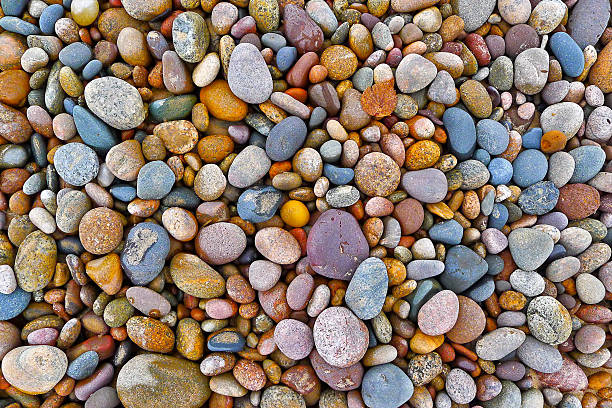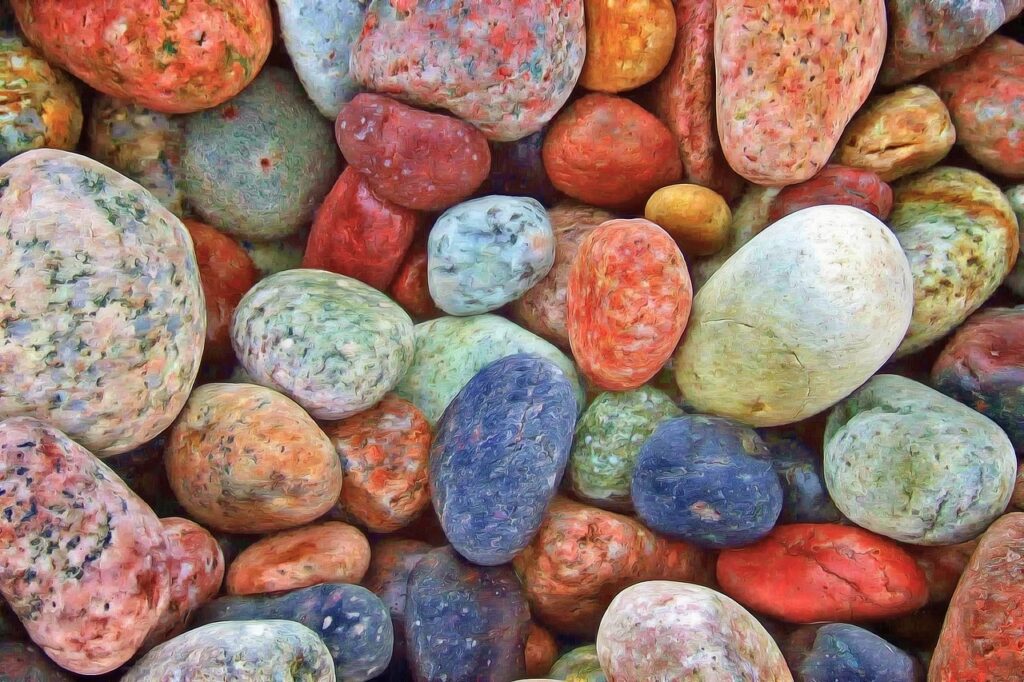


🪨 Rock Identification Guide
How to Identify Rocks, Minerals, and Fossils in the United States
When you’re out rockhounding, one of the most exciting parts is figuring out what you found. Is it quartz? A geode? Maybe a fossilized shell? Knowing how to identify your rocks and minerals turns a simple discovery into a true geological treasure.
This guide will walk you through the basics of rock and mineral identification, complete with tips, tools, and examples you’re most likely to come across in the United States.
🔍 Why Rock Identification Matters
Identifying rocks isn’t just about naming what you find—it’s about understanding the geological story behind each piece. It can tell you how old a rock is, how it formed, and even what types of environments existed there millions of years ago.
Plus, when you know what you’re looking at, it’s easier to organize your collection, share with others, and appreciate your finds more deeply.
🧠 Basic Rock Types Explained
All rocks fall into one of three main categories based on how they form. Recognizing these types is the first step to proper identification.
1. Igneous Rocks
Formed from cooled lava or magma (volcanic rocks).
Examples: Granite, Basalt, Obsidian
🧭 Found in: Western U.S. (e.g., Oregon, Arizona)
2. Sedimentary Rocks
Formed from layers of sand, mud, or organic material compacted over time.
Examples: Sandstone, Limestone, Shale
🧭 Found in: Midwest and Southern U.S. (e.g., Texas, Kentucky)
3. Metamorphic Rocks
Created when other rocks are changed by heat and pressure.
Examples: Marble, Slate, Quartzite
🧭 Found in: Appalachians and Rocky Mountains
🧪 How to Identify Rocks and Minerals – Step by Step
Here’s a simple, beginner-friendly way to identify your rock or mineral:
: Observe Color and Luster
- Color can give you a clue, but it’s not always reliable on its own.
- Luster tells you how shiny or dull the surface is (metallic, glassy, earthy).
✅ : Check Hardness (Mohs Scale)
- Use a scratch test to see what materials the rock can scratch—or be scratched by.
- Example: Quartz (hardness 7) can scratch glass.
| Material | Hardness |
|---|---|
| Fingernail | 2.5 |
| Copper Penny | 3 |
| Steel Nail | 5.5 |
| Glass | 5.5–6 |
✅ : Examine Streak
- Rub your rock across a streak plate (unglazed tile) to observe the powder color.
- Hematite looks grey or metallic but leaves a red streak.
4:at Shape and Structure
- Some minerals form crystals (like quartz).
- Fossils may show impressions of shells or bones.
🧱 Common Rocks & Minerals Found in the U.S.
Here are some rocks and minerals frequently discovered by American rockhounds:
🟣 Quartz
- Color: Clear, white, pink, purple (amethyst)
- Type: Mineral
- Found in: Nearly every state, especially Arkansas and California
🔵 Agate
- Color: Banded, often red, orange, brown
- Type: Microcrystalline Quartz
- Found in: Lake Superior region, Oregon, Montana
⚪ Calcite
- Color: White, yellow, clear
- Type: Mineral
- Test: Fizzes with vinegar or acid
- Found in: Midwest and Eastern states
🟠 Feldspar
- Color: Pink, white, or grey
- Found in: Granite-rich areas, like Colorado and Maine
🐚 Fossils
- Type: Usually in sedimentary rock
- Common Types: Shells, plant imprints, coral
- Found in: Kentucky, Utah, Illinois, Montana
🖤 Obsidian
- Color: Black, glassy
- Type: Igneous volcanic glass
- Found in: Western states – California, Oregon, Utah
🧰 Tools to Help You Identify Rocks
You don’t need a lab to ID rocks—just a few simple tools:
- Hand lens or magnifying glass
- Field guidebook
- Streak plate
- Hardness test kit or household items
- Magnet
- Vinegar (for acid test)
Optional: Use apps like Rock Identifier, Mindat, or Geology Toolkit for quick comparisons.
📲 Rock Identification Apps & Online Resources
These resources are useful for field and home reference:
🗺️ Where to Find Rocks in the U.S.
Identification starts with knowing where to look. Different regions have unique geology:
| Region | Rockhounding Highlights |
|---|---|
| Pacific Northwest | Agates, Jasper, Obsidian |
| Southwest | Turquoise, Quartz, Petrified Wood |
| Midwest | Geodes, Fossils, Fluorite |
| East Coast | Garnet, Kyanite, Mica |
| Southeast | Fossils, Shark Teeth, Limestone Formations |
Explore our State-by-State Rockhounding Guides for exact locations and collection tips.
❓ Rock or Mineral? Or Fossil?
Not everything you find is a mineral. Here’s a quick guide:
| Feature | Rock | Mineral | Fossil |
|---|---|---|---|
| Formed From | Minerals or rock layers | Single chemical substance | Once-living organisms |
| Structure | Mixed | Crystalline | Imprint or remains |
| Examples | Granite, Sandstone | Quartz, Calcite | Shells, plants, bones |
📦 What to Do After Identification
Once you’ve identified your rock or mineral:
- Label it with name, location, and date
- Record it in a notebook or digital catalog
- Store or display it safely
- Share it with your community or online groups
Identification adds value, knowledge, and appreciation to your collection.
🏁 Final Thoughts
Rock identification is a skill that grows over time. With practice, patience, and the right tools, you’ll learn to recognize everything from common field stones to rare mineral crystals.
At Rockhounding.us, we’re here to help you every step of the way. Use our guides, tools, and community tips to turn every rock you find into a story worth telling.